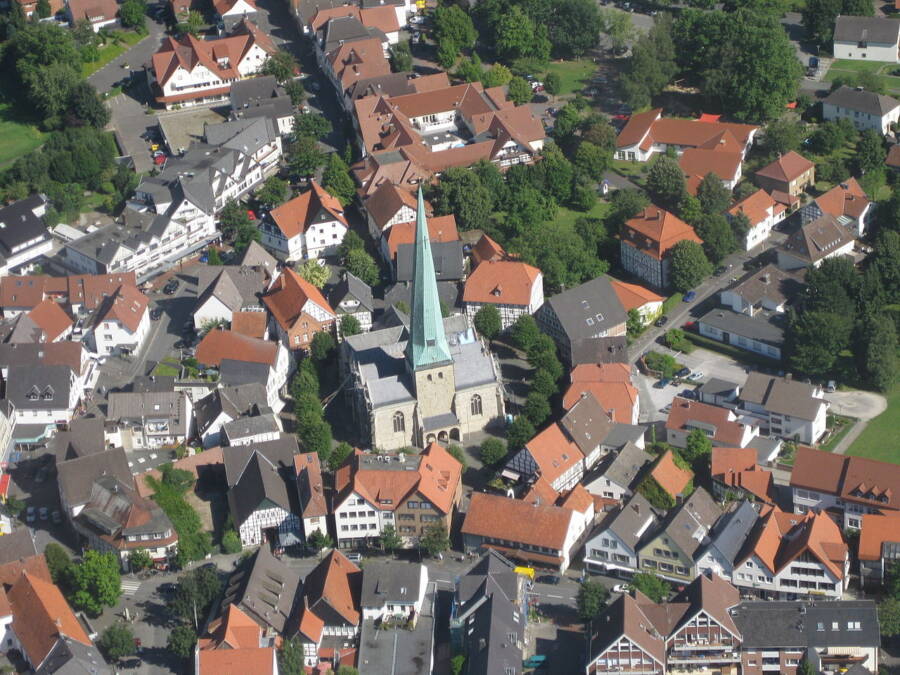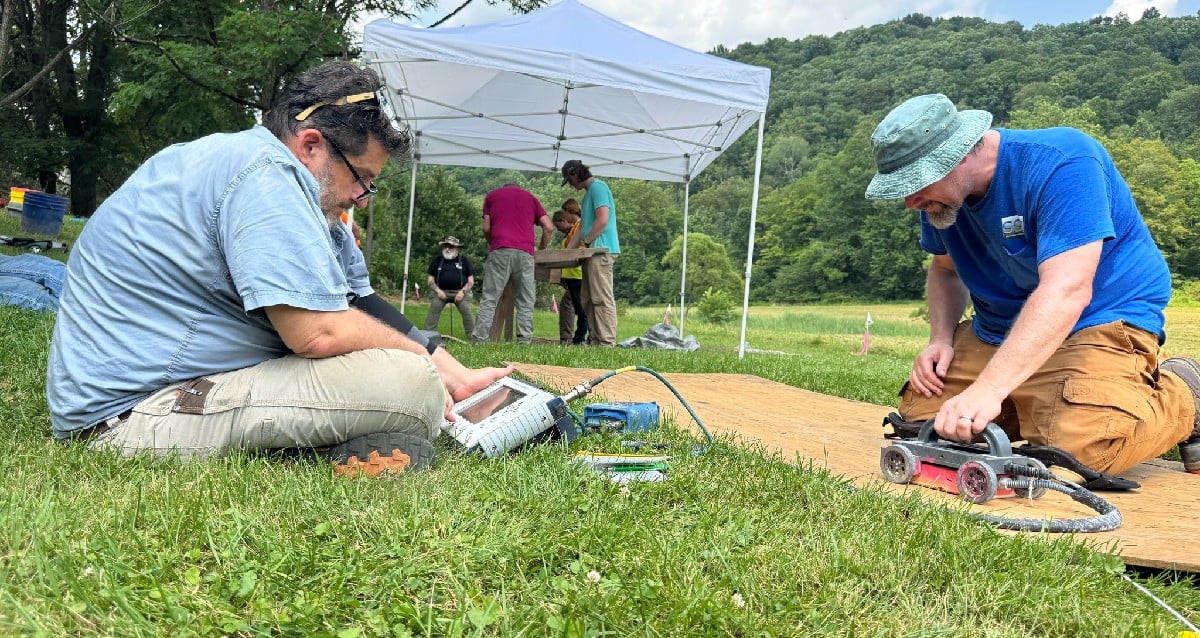“Secrets of a Hidden Roman Outpost: Archaeologists Unearth Surprising Evidence in Northern Germany!”
In one farmstead, researchers have unearthed the remains of a kiln containing tiled clay and traces of non-ferrous metal. This points to the site being a possible production center for jewelry.
At another farmstead, coins and ceramic materials recovered there date back to the second and third centuries C.E., long after the Roman soldiers abandoned the nearby Anreppen camp. Clearly, the settlers in the area had other reasons to stay, perhaps including a site of textile production.
“The residential building stood in the center of the courtyard, of which numerous former post holes are still visible in the ground, darkened and discolored. At each of the northern and southern edges of the courtyard, the residents had built a small outbuilding sunk into the ground, in which textiles were probably woven,” Sven Knippschild, the leader of the excavation team, stated in a press release from the Regional Association of Westphalia-Lippe.
At yet another farmstead, researchers uncovered a cellar-like structure and a knife that had been buried by one of the settlers. Measuring nearly eight inches long, the blade was wrapped with brass stripes and buried upright.
“Here, someone had buried a completely intact knife with the blade facing upwards. However, it was so deep that it couldn’t have hurt anyone,” explained Dr. Sven Spiong, an archaeologist involved with the excavation.
The knife, believed to have originated from the Roman Empire, may have been buried as part of a ritual offering. However, further excavation and research is needed to confirm this theory.












